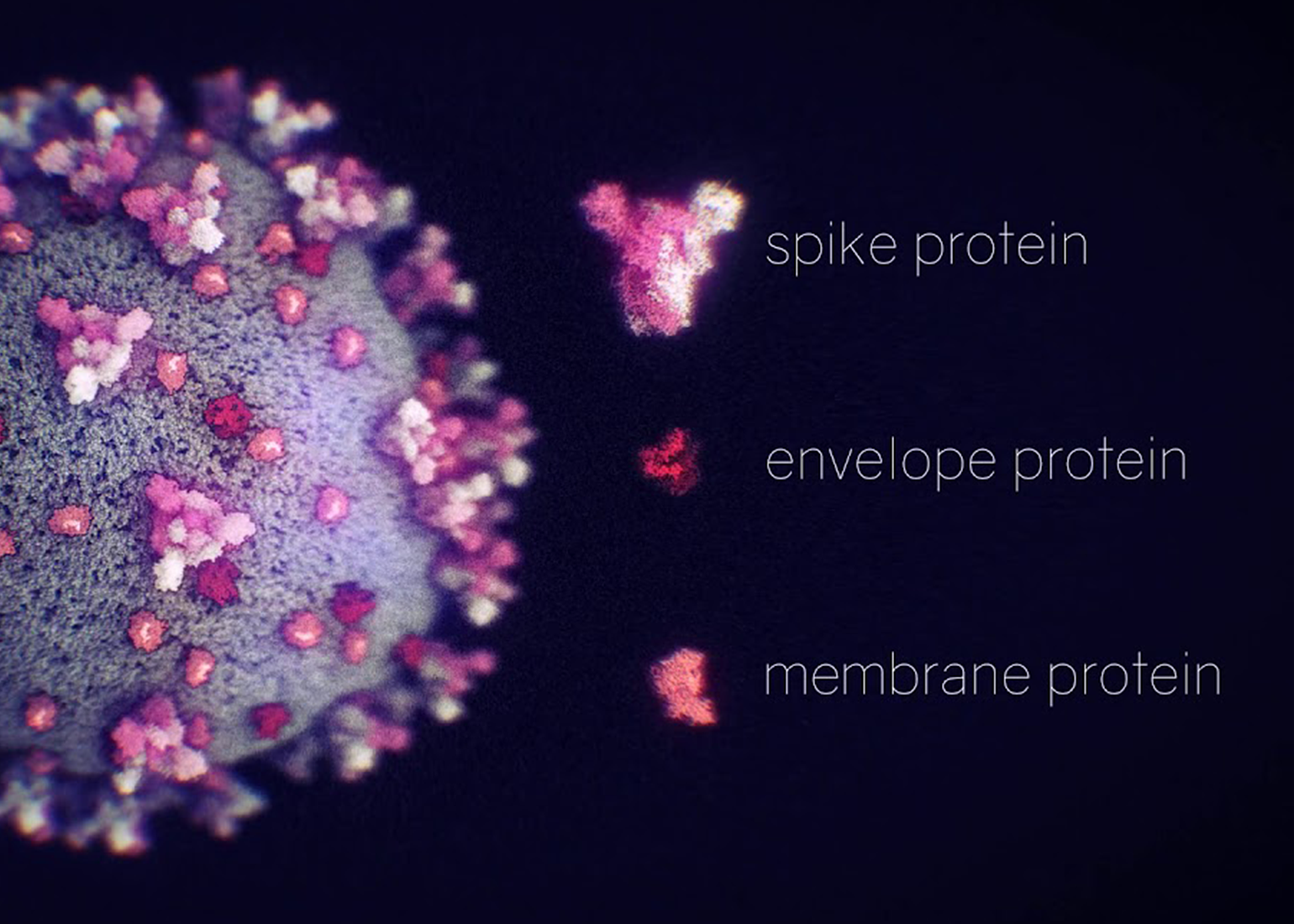Amazing Animation of SARS-CoV-2 Makes the Invisible Visible
nanographics, a TU Wien Informatics spin-off, created a real-time rendered, procedural model of the virus that can immediately incorporate new data.

Picture: nanographics
nanographics, a spin-off from our research activities in computer graphics, has produced a short animation illustrating the novel coronavirus SARS-CoV-2 in atomistic detail.
There is still a lot that scientists don’t know about the structure of the coronavirus, or at least not with certainty. That is why Tobias Klein and his team made a real-time rendered, procedural model of the virus. Whenever new knowledge is discovered, they can immediately incorporate it into the animation. In that way, the current state of knowledge can be easily communicated.
Interactive Models That Adapt to New Knowledge
Right now, scientists are working toward determining the precise structure of the individual proteins that make up the coronavirus. Understanding the structure of a virus is a crucial insight to build potential vaccines and treatments to stop the disease. The structural model of the coronavirus is a combination of different scientific resources, such as the crystalized protein structures from the Protein Data Bank and the knowledge from experimental techniques that show how these proteins assemble into the virus. After creating the model, nanographics uses the newest techniques from visualization and computer graphics to create illustrations and interactive models reflecting the current state of knowledge.
Cinematic Animations of Billions of Atoms
TU Wien Informatics and nanographics have developed many novel graphics algorithms, which are capable of displaying biological models with billions of atoms in interactive manners. With this, nanographics creates web-based solutions, animations, and even cinematic productions to make complex science accessible to anyone.
Watch the video on YouTube.
About
nanographics is a TU Wien Informatics spin-off of the Institute of Visual Computing & Human-Centered Technology, founded in late 2017. It is based on research about 3D visualization of organism-level structures and focuses on scientific communication and visual storytelling, especially in the area of structural biology.
Curious about our other news? Subscribe to our news feed, calendar, or newsletter, or follow us on social media.
